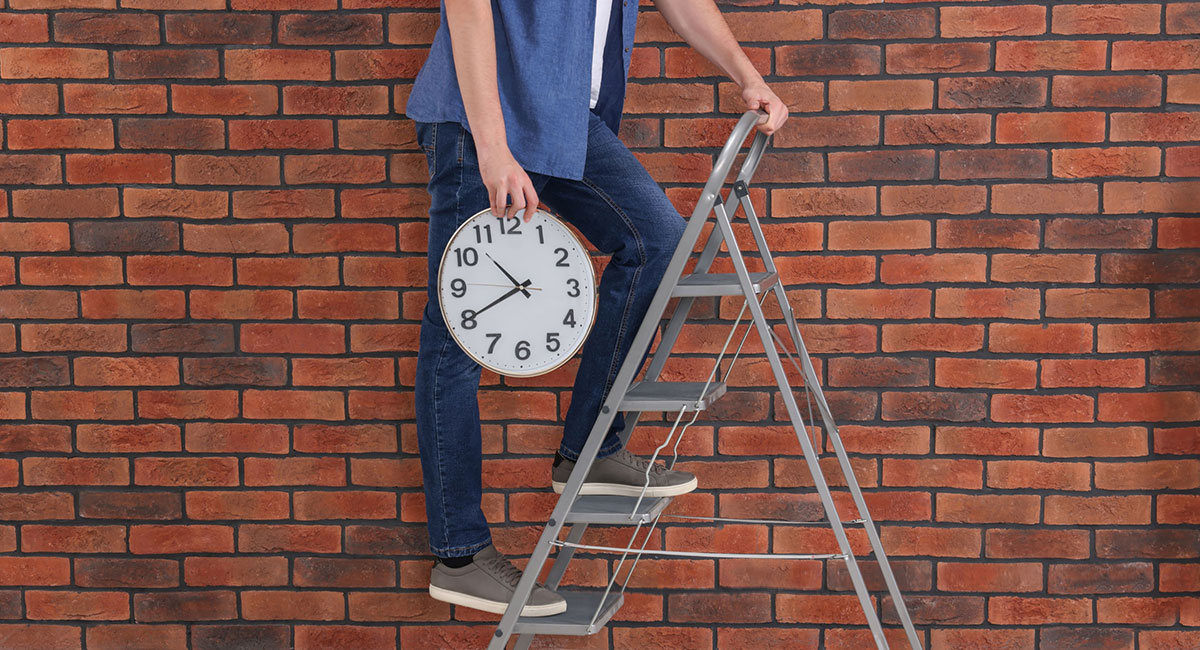Most Americans, with the exception of those living in Arizona and Hawaii, probably woke up groggily today. They lost an hour of sleep at 2 a.m. Sunday, when clocks sprang forward once again.
Daylight Saving Time (DST) returns each year in a waking nightmare of red eyes and fuzzy noggins across 48 states.
Early last November, people (or their smart devices) dutifully set their clocks back an hour. DST ended, sleep “lost” the previous spring was theoretically regained (of course it wasn’t), and Standard Time resumed. Just four months later, we have been deprived of an hour’s sleep again.
Why do Americans put up with this nonsense twice a year?
I have opposed the semiannual ritual of springing forward and falling back for years, mostly because of the productivity that is sacrificed when people are forced to adjust abruptly to a time change in either direction. But there are other adverse consequences as well.
In the days immediately following a switch to DST, or back to standard time, researchers have observed spikes in automobile accidents, including injuries to pedestrians and damage to mailboxes and other property caused by inattentive drivers. Accidents in workplaces also surge.
Those effects are bad enough, but the negative impact of DST on human health and well-being, as reported by Johns Hopkins University’s Bloomberg School of Public Health and others, is even more worrisome.
Briefly stated, DST opens a gap between solar time and clock time. The internal body clocks of humans and other mammals (known as circadian rhythms) are set by exposure to sunlight, ideally at the beginning of the day. DST disrupts our body clocks by shifting sunlight toward the end of the day. That disruption is responsible for more emergency room visits for heart attacks, strokes, mood disorders and other health risks, especially among older people.
DST has been a bad idea ever since it became a fact of life during the oil crises of the 1970s. It was sold by President Richard Nixon as a way to save energy, but its efficacy in that regard has never been clear. In fact, a number of research studies indicate the opposite: that DST increases energy consumption.
It’s sometimes claimed that the idea of DST originated with Benjamin Franklin. If so, his proposal to conserve candles, by shifting sunlight to the end of the day when people were returning home from work, should not have been taken seriously.
A half a century later, economist Frédéric Bastiat, in his famous and equally satirical (1845) “Petition of the [French] Candlestick Makers,” asked for “a law requiring the closing of all windows, dormers, skylights, inside and outside shutters, curtains, casements, bull’s-eyes, deadlights, and blinds” to prevent ruinous competition from the sun.
DST does not extend the length of time the sun shines during a summer’s day or any other season of the year. Whatever benefits it generates for retailers or any other special-interest group that supports it are swamped by the economic and physiological costs that DST imposes on the rest of us.
Year-round DST cannot be adopted by any state legislature without the consent of the U.S. Congress. But states are free to join Arizona and Hawaii in permanently adopting Standard Time, ending the madness of springing forward on the second Sunday in March, only to fall back again on the first Sunday in November.











